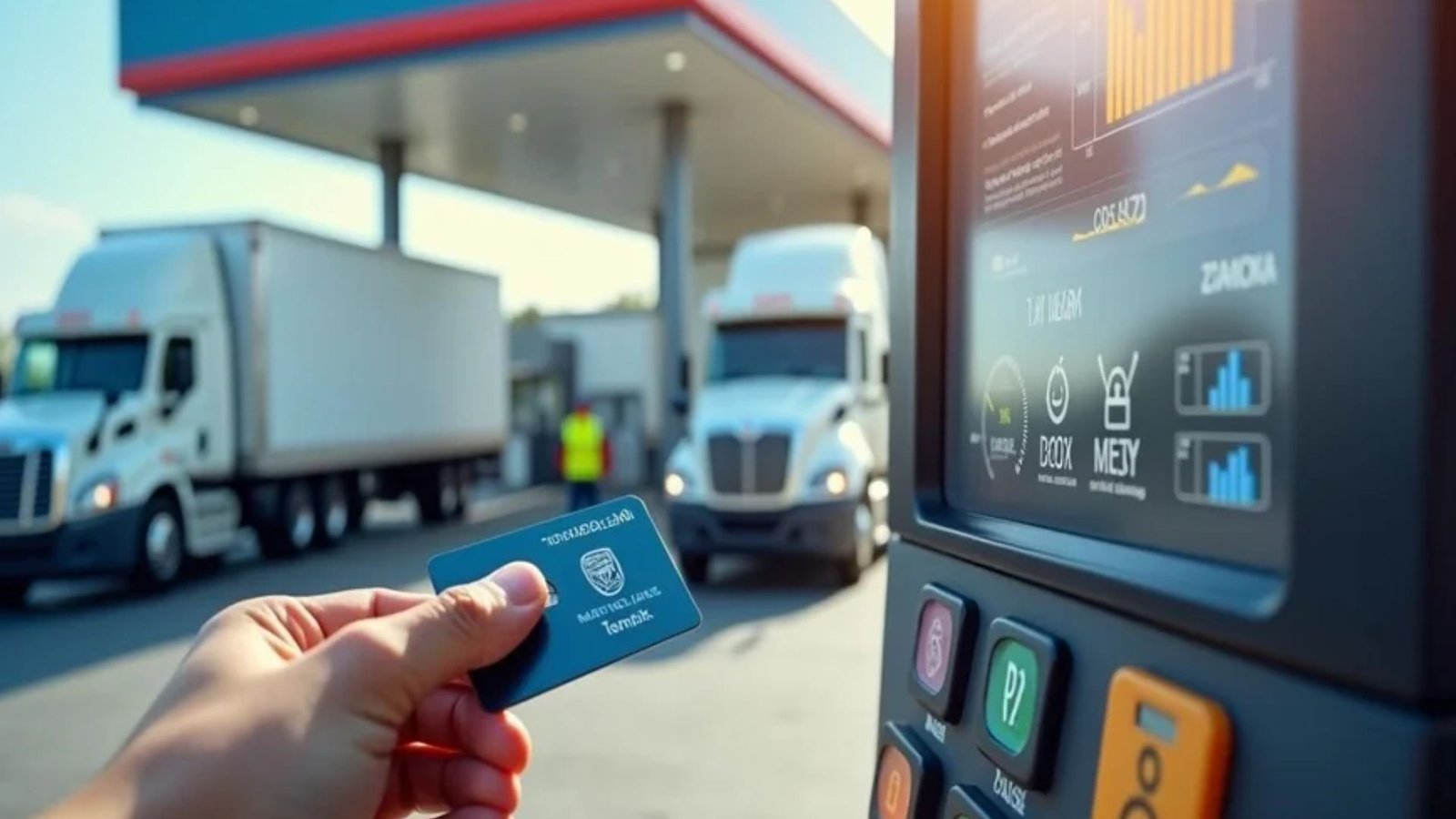Fleet cards revolutionize how businesses manage vehicle expenses, offering sophisticated fuel management systems that reduce costs by 10-15% annually while providing real-time transaction monitoring. These specialized payment cards integrate directly with major fuel networks including Sunoco fuel stations, enabling companies to track every gallon purchased, monitor driver spending patterns, and implement automated purchase controls that prevent unauthorized transactions. Modern fleet card programs combine rebate structures, detailed reporting capabilities, and fraud prevention tools into comprehensive platforms that transform how organizations handle their mobile assets.
The fundamental architecture of fleet cards operates through secure merchant networks connecting over 95% of gas stations nationwide, processing transactions instantly while capturing critical data points including location, gallons purchased, price per gallon, and vehicle identification. This infrastructure enables businesses to establish spending parameters, restrict purchases to fuel-only categories, and receive immediate alerts when unusual activity occurs, effectively eliminating common expense report errors that cost companies thousands annually.
Fuel Savings and Rebate Programs Through Fleet Management
Strategic fuel savings materialize through tiered rebate programs offering $0.03 to $0.08 per gallon discounts based on monthly volume, with additional savings achieved through preferential pricing agreements at specific network locations. Fleet fuel cards leverage collective purchasing power, negotiating wholesale rates that individual businesses cannot access independently, resulting in average annual savings of $3,000 per vehicle for medium-sized fleets operating 20-50 vehicles.
Advanced analytics platforms integrated within fleet card systems identify inefficient routing patterns, excessive idling times, and suboptimal fueling locations, providing actionable insights that reduce overall fuel consumption by 8-12%. These tools analyze historical transaction data, comparing driver performance metrics against fleet averages to highlight improvement opportunities while automatically flagging potential misuse patterns that indicate personal vehicle fueling or unauthorized purchases.
Purchase Controls and Security Features Preventing Fraud
Comprehensive purchase controls enable administrators to establish granular spending limits based on daily, weekly, or monthly parameters, restricting transactions by dollar amount, gallons, or frequency while limiting purchases to specific merchant categories. Security protocols include real-time fraud monitoring algorithms that detect anomalous spending patterns, geographic inconsistencies, and velocity violations, automatically declining suspicious transactions before financial damage occurs.
Multi-factor authentication systems protect account access through PIN requirements at point-of-sale terminals, mobile app verification codes, and biometric driver identification technologies.
Real Time Reporting and Transaction Monitoring Systems
Cloud-based reporting platforms deliver instantaneous transaction visibility through customizable dashboards displaying fuel costs, vehicle efficiency metrics, driver performance indicators, and budget utilization rates. These systems generate automated exception reports highlighting policy violations, unusual spending patterns, and maintenance schedule deviations, enabling proactive intervention before minor issues escalate into costly problems.
Integration capabilities with existing accounting software eliminate manual data entry requirements, automatically categorizing expenses, allocating costs to appropriate departments, and reconciling statements without human intervention. Advanced reporting tools segment data by vehicle, driver, location, or time period, producing detailed analytics that inform strategic decisions regarding fleet composition, route optimization, and vendor negotiations.
Maintenance Tracking and Vehicle Management Integration
Modern fleet cards extend functionality beyond fuel purchases, incorporating maintenance tracking capabilities that monitor service intervals, track repair histories, and automate preventive maintenance scheduling. These integrated platforms capture odometer readings during each transaction, triggering automated alerts when vehicles approach service milestones, reducing breakdowns by 40% and extending vehicle lifespans by 15-20%.
Comprehensive vehicle management features include tire rotation tracking, oil change monitoring, and inspection deadline management, ensuring regulatory compliance while optimizing maintenance spending through preferred vendor networks. The platform’s predictive analytics identify vehicles experiencing declining fuel efficiency or increased repair frequency, flagging units for replacement consideration before catastrophic failures occur.
Network Coverage and Station Acceptance Nationwide
Extensive acceptance networks encompass over 240,000 locations including major brands, independent stations, and truck stops, ensuring drivers access fuel regardless of geographic location or route requirements. Strategic partnerships with national chains provide guaranteed acceptance at Pilot, Petro, and other major travel centers, eliminating concerns about card compatibility during long-distance operations or emergency situations.
Mobile applications enhance network utility by providing real-time station locators, current fuel prices, and available amenities, enabling drivers to make informed fueling decisions that maximize savings while minimizing route deviations. These apps integrate turn-by-turn navigation, traffic updates, and vehicle-specific clearance information, streamlining operations for specialized fleets operating oversized equipment or hazardous materials.
Analytics and Insights for Fleet Optimization
Sophisticated analytics engines process millions of data points monthly, identifying cost reduction opportunities through pattern recognition, anomaly detection, and predictive modeling techniques. These platforms benchmark fleet performance against industry standards, revealing operational inefficiencies that impact profitability while suggesting evidence-based improvements targeting specific problem areas.
Customizable insight generation tools allow managers to define key performance indicators, establish baseline metrics, and track improvement progress through automated scorecards and trend analysis reports. Machine learning algorithms continuously refine recommendations based on fleet-specific patterns, seasonal variations, and market conditions, delivering increasingly accurate optimization strategies over time.
Implementation Strategies for Different Fleet Sizes
Small fleets operating 5-15 vehicles benefit from simplified billing processes, consolidated invoicing, and basic spending controls that eliminate expense report processing while maintaining financial oversight. Medium-sized operations leverage advanced features including department-level cost allocation, driver performance tracking, and maintenance integration, achieving operational efficiencies that justify program investments within 60-90 days.
Enterprise fleets managing hundreds of vehicles require sophisticated platforms supporting multiple authorization levels, complex approval workflows, and granular data segmentation capabilities. These organizations implement phased rollout strategies, beginning with pilot programs involving select departments before expanding coverage, ensuring smooth transitions while minimizing disruption to existing operations. Successful implementation requires comprehensive driver training, clear policy documentation, and ongoing support structures that address questions promptly while reinforcing compliance expectations consistently.










